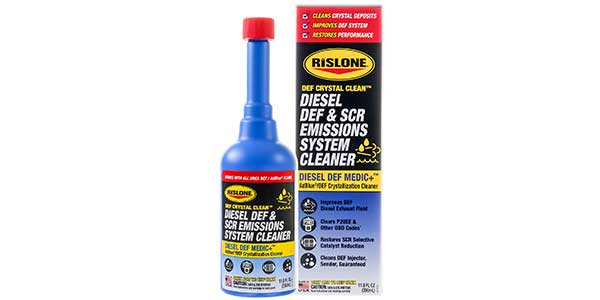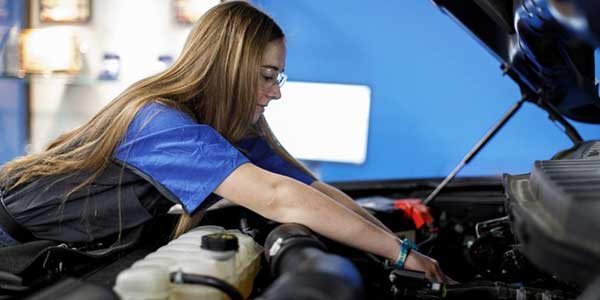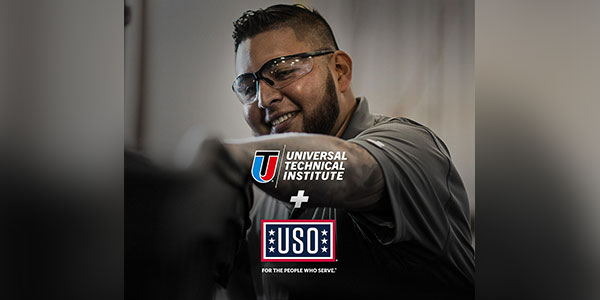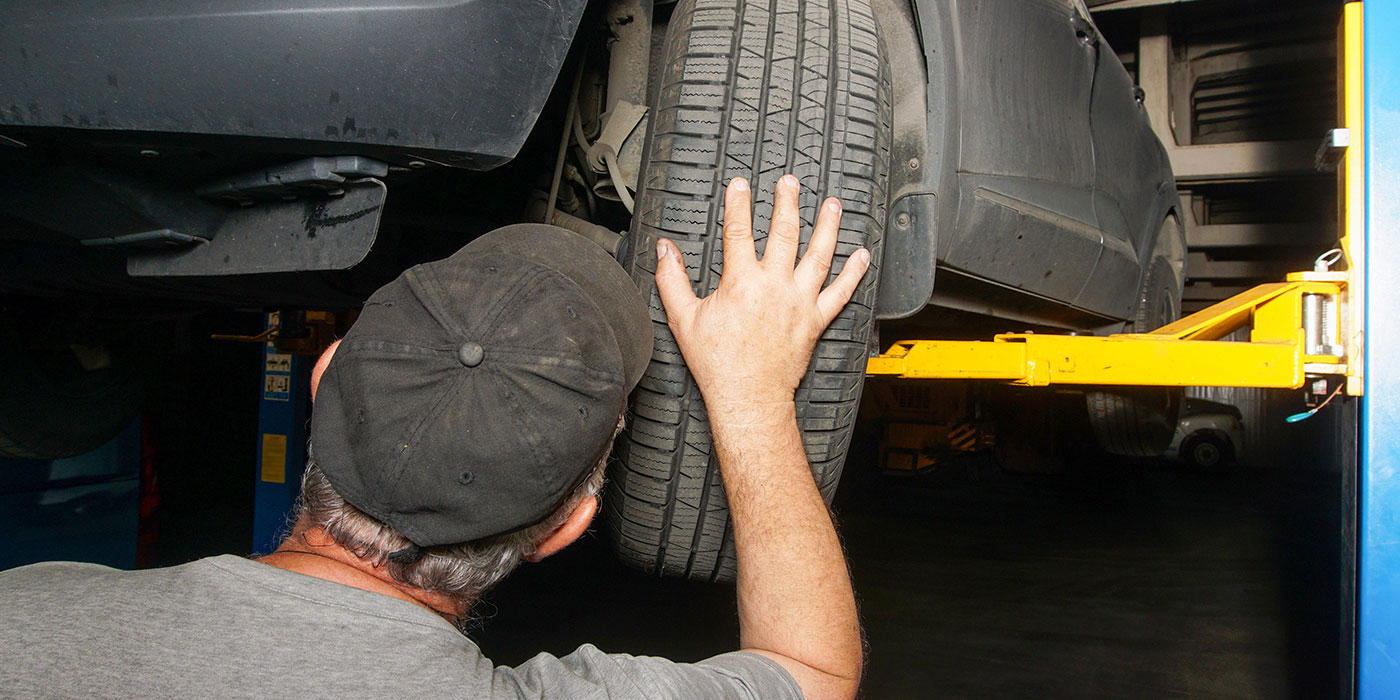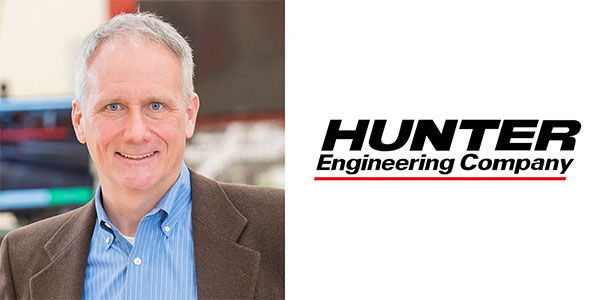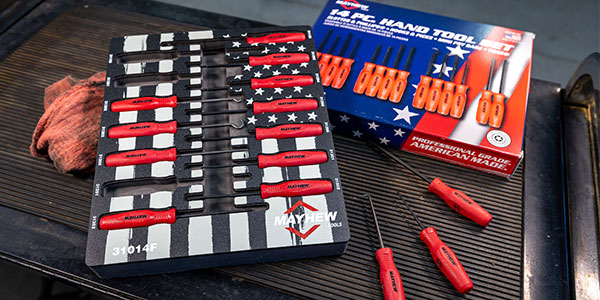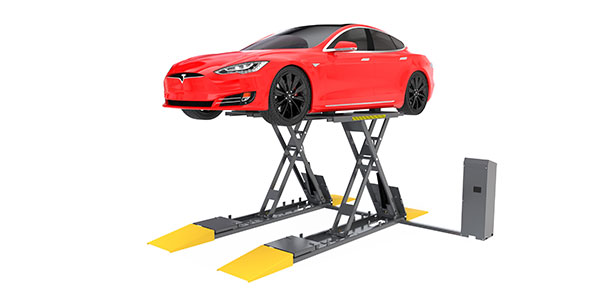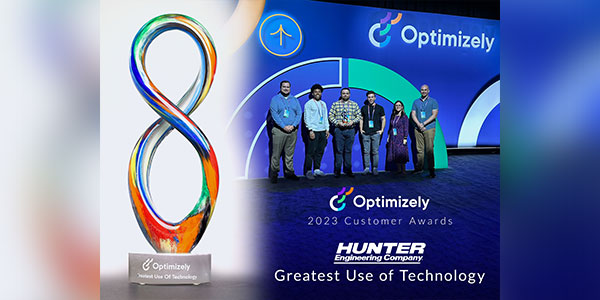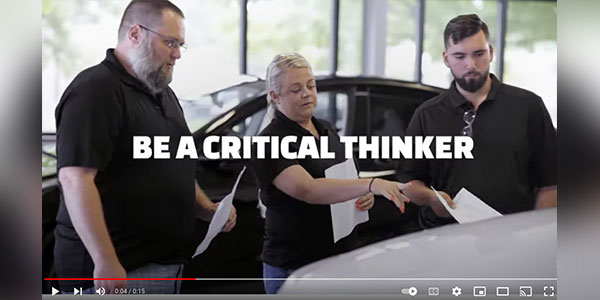What’s your plan, Stan?
If your service operations net profits are not increasing over last year and service absorption is stagnant with your CSI hovering around “group average” then I can only assume customer pay owner retention is not a top priority for your management team. That’s why now is the time to take the first step to increased profitability. — Don Reed, CEO, DealerPRO Training
The Importance of a Plan
In order to improve your service operation’s performance and start producing the net profit you deserve, you need to figure out where you are. So, let’s first answer a few questions:
- Are your service operation’s net profits increasing over last year’s?
- Is your service absorption improving year over year?
- Is your CSI ranking in the top 10 percent of your franchise?
- Does customer pay owner retention really matter?
- Do you have an on-going training process for growing top performers?
- Are your managers leaders or administrators?
There is a lot to talk about when answering those six questions. The first five call for a simple “yes” or “no.” If you answered “no” to any of the five then you definitely need a plan. As far as the sixth question, I’m going to go out on a limb here and say your managers are administrators, not leaders. My reason for this answer is really simple logic. If they were leaders, you would not have answered “no” to any of the first five questions. Here’s the point: your managers are accountable for creating the results that answer those questions.
Profit Improvement: A Plan to Grow Leaders and Achievers
If your service operation’s net profits are not increasing over last year and service absorption is stagnant with your CSI hovering around “group average,” this does not mean you have bad or incompetent employees and managers, but what it does mean is you need a profit improvement plan — now.
So, whether you are a dealer, a general manager, a fixed operations director or a service manager, you have to have a profit improvement plan. This plan must be in writing, it must be specific, it must be attainable and it must have accountability for completion. Sounds simple enough, so how do you build a profit improvement plan specifically for your service and parts operations?
Let’s begin with your most recent financial statement along with the same statement for last year and compare the two in order to answer questions 1 and 2. If your net is not increasing, then compare your year over year sales — gross profits — expenses and determine if your sales and gross profits are too low or are your expenses too high or if both are true.
We have analyzed over 1,500 dealership financials and what we find most often is dealers are doing a good job controlling expenses but their gross profits are too low.
What You Should Look For
If this is the case in your store, then here are some key performance indicators for you to use when looking for your opportunities for improvement in your service operations performance: (If you are in a 20 Group then this is already done for you in your composite.)
- Labor margin @ 75 percent of CP sales
- Parts margin @ 42-45 percent of CP sales
- HPRO main shop @ 2.5 (yes, there are many dealers averaging 2.5)
- HPRO quick lube @ 1.0
- Policy adjustment @ 2 percent of total service gross profit
- Service net profits @ 20 percent + of gross profit
- Parts net profit @ 30 percent + of gross profit
- Service absorption @ 100 percent
Establishing Individual Performance Metrics
While key financial metrics can help in your parts and service performance analysis, you need to have individual key performance metrics for your fixed ops team to use in building your profit improvement plan:
- # of customer pay and warranty repair orders per day per advisor @ 12-15
- Total shop productivity @ 120 percent (# of flat rate hours produced divided by # of clock hours worked)
- Parts & labor gross profit produced per main shop technician per month @ $17,500
- One-item ROs @ 15 percent or less
- Service advisor’s closing ratio @ 50 percent
- Multi-point inspection completion rate @ 95 percent
- Maintenance menu presentation rate @ 80 percent
Implementing Change to Improve Profits
Once you have gathered all the information outlined above and determined where your opportunities are for profit improvement, you can then move to the next phase of your plan: change.
I’m guessing you’ve heard the saying, “If you want to achieve something new, you have to do something you’ve never done.” So, change is not optional and must be a part of your profit improvement plan.
To achieve change, you have to commit to it. First, you must identify what needs to change and more importantly how you’re going to implement those changes to get the results you deserve. These changes will obviously have to address what you plan to do to improve your fixed ops performance.
Here is an example:
- Your three service advisors are each servicing 18 customers a day for a total of 54 customers
- Your KPI is 12-15, so do the math and you actually need four service advisors
- Plan of Action: hire one service advisor and now your four service advisors are averaging 14 customers a day
Investing to Maximize ROI
Some of you may be hesitant to do this because your perception is hiring that advisor will simply increase your personnel expenses. Instead you should calculate how much that extra advisor will increase your gross profits on labor and parts through the following benefits:
- All four advisors now have more time to spend with each customer both on the phone and in person.
- More time spent means better feature/benefit presentations to the customer.
- Better presentations by your advisors mean a higher closing ratio on upsells.
- A higher closing ratio means increased labor and parts sales and higher gross profits.
- Increased labor and parts sales creates a higher HPRO.
- Increased HPRO results in higher technician productivity.
- Higher gross profits increase service absorption.
- More time spent per customer results in a higher CSI and owner retention.
Unconventional Change, Surprising Results
You can see how adding one more advisor creates a very small increase in payroll expense while producing a very high ROI with new found gross profits. So, I ask you, is hiring another advisor an expense or an investment?
By the way, make sure you compensate to motivate all of your advisors by using a pay plan that is based on individual performance for sales or gross profit plus CSI. This should equate to either 5 percent of parts and labor sales or about 10 percent of parts and labor gross profit on all repair orders written by each advisor.
Training: Key to Lasting Change, Increased Performance
It’s easy to say you should do this and you should do that and you’ll be more successful. Intending to change and actually changing are two very different things. Most people need help and guidance to develop new habits and new ways of doing things that will make a lasting difference.
That’s why you must have a training process to provide your fixed operations team with the skills they need to accomplish your goals you built into your plan.
All of your management team must be trained to become better leaders and managers by first of all measuring the performance of all employees daily. Teach them how to hold accountability meetings and become the coach that every team needs.
Advisors must be trained on the proper use of maintenance menus and feature benefit sales presentations while technicians must be schooled on the necessity of thorough multi-point inspections. These are not optional processes, and everyone must be held accountable for compliance — everyone. Remember, your customers deserve nothing less.
Results You Can Take to the Bank
Once you have completed all the above, you will have a profit improvement plan identifying all of your opportunities for improving your service and parts retail operations for years to come. We find that dealers who follow this strategy have increased their parts and service gross profits by 30 to 40 percent in their first year of their plan.




